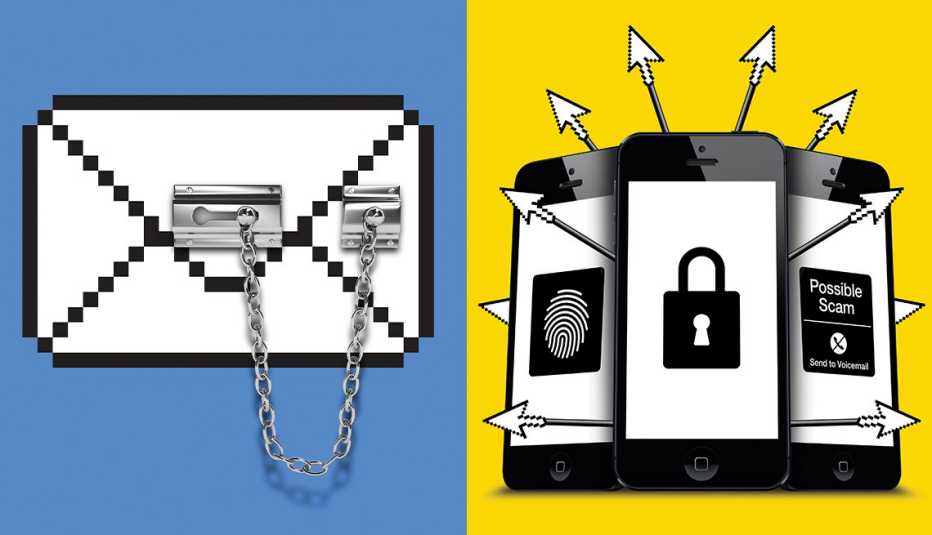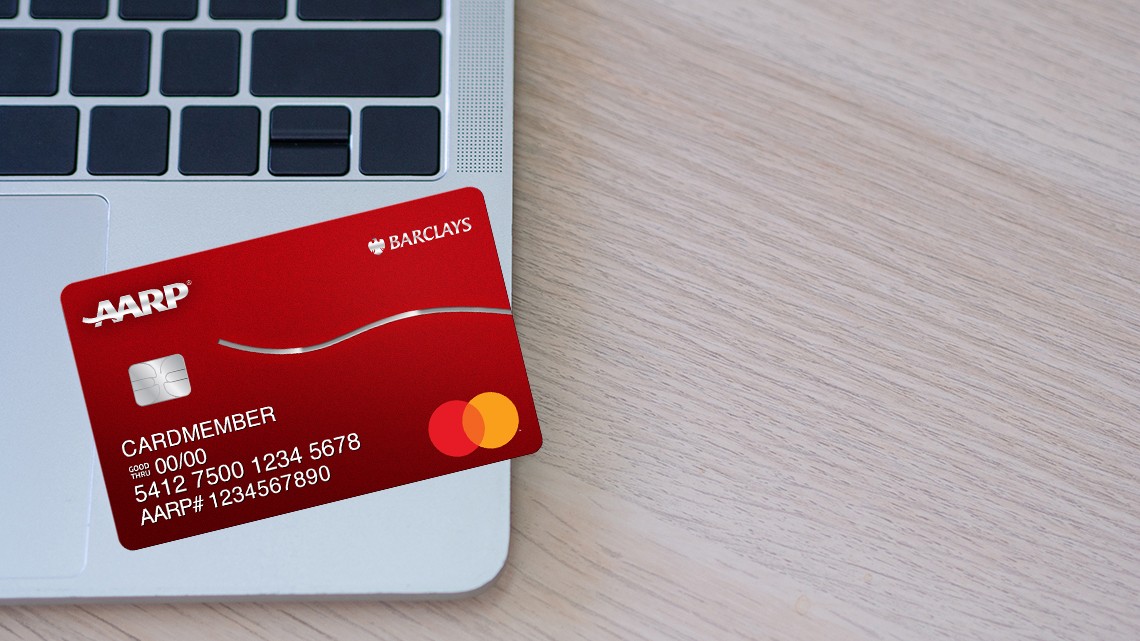Staying Fit


Scams are rampant these days, with criminals stealing a reported $10 billion from Americans in 2023, according to the Federal Trade Commission. But there are ways to protect yourself, including staying up on the latest schemes and following the advice listed below. Also consider adding the AARP Fraud Watch Network Helpline phone number, 877-908-3360, into your phone right now, so you’ll have it if you need to call us to report a scam attempt or get more advice on how to prevent scams and identity theft.
1. Stop mail fraud at the mailbox
Informed Delivery is a free service from the U.S. Postal Service. The agency emails photos of letter-size mail expected to be delivered to you that day or shortly after. This is a great way to be sure that nothing is stolen from your mailbox by ID thieves. Sign up at InformedDelivery.usps.com.

Pick up mail as quickly as possible after it’s delivered, and always take your outgoing mail directly to the post office. A hot fraud now is scammers stealing checks from mailboxes, erasing the ink and using them to steal from bank accounts.
2. Halt scammers at your front door
Consider installing a video camera; they are increasingly less expensive, and they’re easy to install. If you don’t recognize a visitor, don’t answer.
If you find yourself being pressured to buy or donate, have a refusal script ready (consider taping it near the door) that says, “I do not do business at my door. Please leave me something to review. If I’m interested, I’ll call you.”
Be wary of people posing as utility workers who show up unannounced. Don’t allow anyone into your house without an appointment.
3. Prevent garbage theft
Shred any papers that contain private information (financial statements, bills, shipping receipts) before putting them out for pickup to avoid identity theft. Don’t want to invest in a good cross-cut shredder? Many communities have shredding events or permanent drop-off sites. Get in the habit of dropping off your accumulated documents once every few months.
4. Watch for credit card skimming
Card skimming, in which the criminal affixes a credit card reader on top of a legitimate card reader at a store or gas station, is estimated to cause up to $1 billion in losses annually. When you are paying at a gas station or other point-of-sale location, inspect the device for loose/broken/scratched machinery to make sure someone hasn’t tampered with it. If you are unsure, notify the cashier and pay using an alternative method.
5. Monitor your credit report
Routinely check yours (many credit card companies provide it for free; if not, go to AnnualCreditReport.com or call 877-322-8228). Watch for unusual activity; if you see any, report it immediately to the appropriate financial institution.




































































More From AARP
Is the Postal Service Texting You — or a Scammer?
Criminals pretend to be delivery services, smishing for personal info and moneyIn ‘Do Me a Favor’ Scams, a Criminal Pretends to Be Your Pal
An increasingly common scheme involves impostors claiming to need help buying gift cards
Some Home Buyers Are Losing Everything to Wire Fraud
Learn how to protect your money from cybercriminals